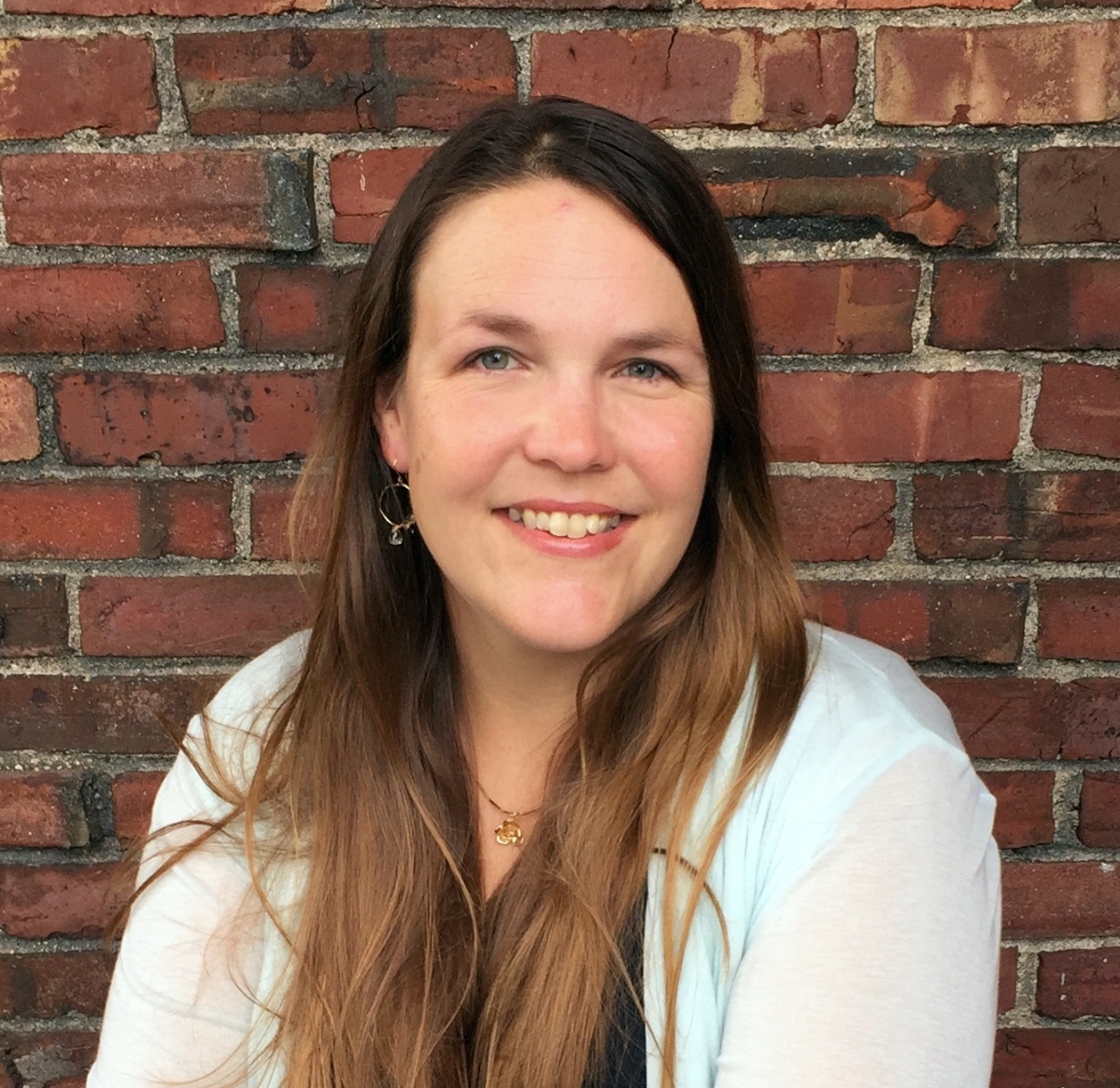
Christie Jackson is the senior curator for the Trustees of Reservations, the world’s oldest land preservation organization, which owns 116 sites across the state of Massachusetts. Prior to getting her master’s degree from the Winterthur Program in American Material Culture, she received a master’s of education from the Arts of Education program at Harvard. She has most recently served in curatorial roles at Old Sturbridge Village, Old Colony Historical Society and Mystic Seaport Museum. She has recently finishing writing a book on Nineteenth Century Worcester county cabinetmaker Nathan Lumbard with Brock Jobe and Clark Pearce, which will be published in early 2018. Three years into her tenure at the Trustees, we caught up with Christie to see how she is doing there and what inspires her.
You’ve certainly been busy in the last few years. Do you have future projects? What inspires your research?
I like staying busy! I think my work on Nathan Lumbard and Worcester County cabinetmakers of Massachusetts will continue to unfold. My colleagues have often heard me say, ‘It’s not a good day until you’ve crawled under at least one piece of furniture.’ Every chance to do so is another opportunity to learn something new. My current exhibit, “Conversations in Craft” at Fruitlands Museum just opened [see page 32], but I’ve already begun work on another exhibit, “Leisure Pursuits – The Fashion and Culture of Recreation.” Mentoring emerging professionals in the field is important to me and I’ve had a great opportunity to do so through the Society of Winterthur Fellows. I grew up on the shores of Lake Michigan and the experience greatly influenced me, and I’ve always been drawn to studying maritime topics. One of my passions is ocean liner history, specifically on how technology, design aesthetics and social ritual came together on these grand vessels. It was my Winterthur thesis and I’ve presented and published on this topic for the last ten years, but I would love to bring my work together in a more formal way, perhaps in a book.

Grecian card table, attributed to Thomas Seymour, Boston,circa 1818, mahogany, ash, brass and iron;from the collections at The Old Manse (OM.SP.A.8)
People will notice that you spell “Nathan Lombard” with a “u” rather than an “o.” Can you briefly elaborate on why?
When Brock Jobe and Clark Pearce originally researched and published on Lumbard in the 1990s, later generations of the family spelled his name with an ‘o’ and the industry / market followed suit. During research for the Lumbard exhibit, I noticed a few instances in the historical record where Nathan used ‘u’. Since then, of the more than 30 instances I documented, I found Nathan spelled his own name with a ‘u’ in all but one instance. Brock, Clark and I had a very thoughtful discussion about this, and we made the decision to honor Nathan’s original spelling in this book.
How have your master’s degrees influenced your work as a curator?
I love getting people excited about learning new things and connecting with visitors is about finding an entry point for them to make a personal connection or to be inspired. My curatorial training has given me a different ability for understanding objects, their connoisseurship and their history of use. I still look upon one of my key roles as finding ways to bring a voice to objects and to excite the public about them. When I went through the program at Harvard, it included artists, museum professionals and teachers, and the eclectic mix of expertise was a great catalyst for discussions and innovative thinking. I explored how different museum types can learn from each other in terms of voice, exhibit and label design, and audiences.
What are the unique challenges facing the Trustees of Reservations today?
The Trustees is one of Massachusetts’ largest nonprofits, as well as the nation’s first conservation and preservation organization. As a result, our curators and collections manager, spread throughout the state, work alongside a diverse cohort of horticulturists, ecologists and farmers, to name a few. We think very holistically about our properties. They are not just historic houses, but are part of a broader cultural landscape at each site. A few years ago, we began the slow process of cataloging all the objects within our 14 historic houses. It has been our first statewide effort to assess the collection with a consistent voice and methodology.
Of the approximately 35,000 objects in the collections at the Trustees of Reservations, do you have a favorite?
One of my favorites is a circa 1820 Grecian card table from the Old Manse, one of our properties in Concord, Mass., where both Ralph Waldo Emerson and Nathaniel Hawthorne wrote. The table sat inconspicuously and anonymously at the house, blackened and dulled from 200 years of grime. During our cataloging process, colleagues from the Boston Furniture Archive examined the table with Brock Jobe and furniture scholar Robert Mussey. We came to realize this table was made by cabinetmaker Thomas Seymour, and that it had been owned by the Boott family, a prominent Boston family. We had the table conserved and it represents to me how bringing together new scholarship, collaborations in the field and dedicated conservation can completely invigorate an object.
-Madelia Hickman Ring





